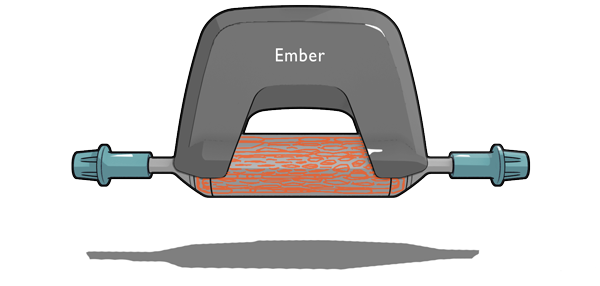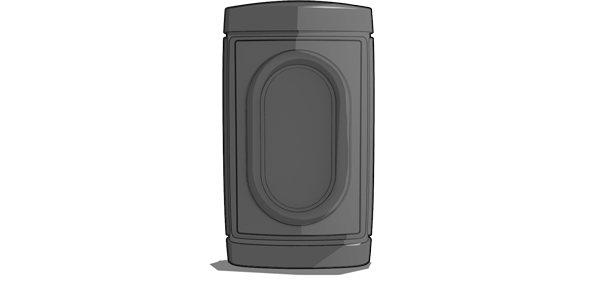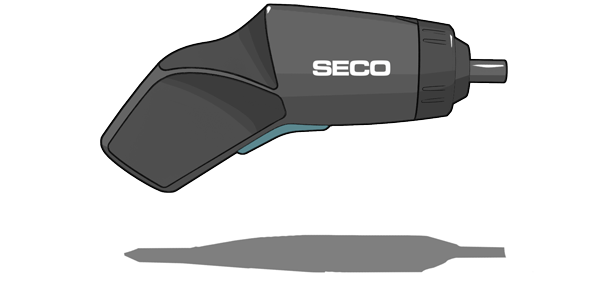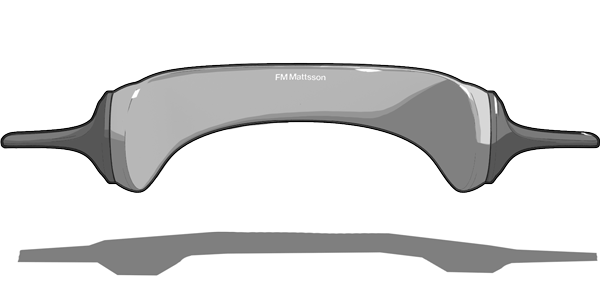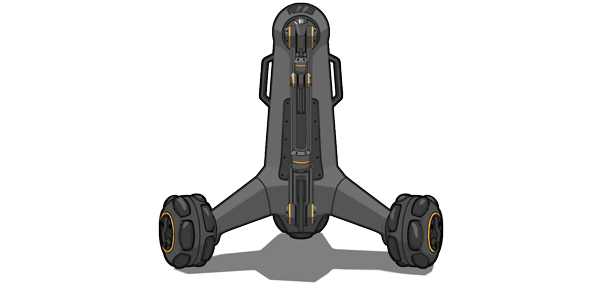Ember
Assisted treatment of hypothermia.
Project description
EMBER is the result of a 10-week project done at Umeå Institute of design. Our brief was to follow, observe and interview the paramedics working at Umeå ambulance station and to define design opportunities within that context. This project was done in collaboration with Västerbottens Läns Landsting with feedback from Laerdal Medical.
Research
The research was done at Umeå ambulance station, we got to follow the paramedics out on calls, practice different kinds of techniques and an extensive run through of the equipment they use and how they maintain it. In total as a class we got to go on 28 individual callouts of various kind. During interviews with the paramedics they mentioned that the patients often have hypothermia (low body temperature) when they arrived at the scene and that this is obstructing them in their work.
Project Goal
Create a tool that assists paramedics when treating hypothermic patients.
40-60% of trauma patients develops hypothermia
(Lunds Universitet- Hypothermi i samband med prehospitalt trauma)
After drop
When the body gets cold it shuts down the blood circulation to the limbs and centralizes the warm blood to protect vital organs. If a hypothermic patient is warmed up too fast in an incorrect way it can lead to a rush of cold blood from the limbs to the center of the body and cause heart failure. If possible the patient should be warmed from the center and out.
Ideation
Low fidelity mock-ups and trials on how to warm up persons without being in the way of other treatments or risking that the person gets an after drop. The biggest eye opener was when prototyping how it would be if the person were to breath warm oxygen (see movie). The setup consisted of a a pot of boiling water connected to a breathing mask. The experience was like having a radiator inside your chest, very warming and comforting.








Refinement
What if it does not need to be a complete new breathing mask?
The idea of making it into a retorfit unit drastically changed its apperance and the design criterias.







The importance of time
The sooner the patient can be brought to a hospital, the quicker the patient gets treated, the faster the patient will recover. Thinking about time and the importance of it was a stronger driver when designing Ember. The UI is reduced to a bare minimum, no start or stop buttons, no settings to adjust. It is a plug and play device that lets the paramedics focus on the patient. The two units, battery, and water cartridge can be connected in any direction. After use, the water cartridge can be disposed and the battery unit swiped clean with alcohol and recharged.
How it works
EMBER heats and humidifies the cold oxygen from the oxygen tube and connects to the standard oxygen hose. The water cartridge has a foam that keeps the water in place and distributes it evenly. While the oxygen flows through the filter a heating wire warms it up and humidifies it.
Scenario






EMBER
EMBER is an oxygen warming device that aims to help paramedics in treating hypothermic patients. It was very interesting and challenging to designing a product that has to be intuitive and easy to use and leave no room for error. EMBER plays a small part in the treatment of the patient but could have a big impact on the outcome. EMBER helps the patient to regain temperature which is important as it improves the effects of medication and increases the coagulation of the blood.





